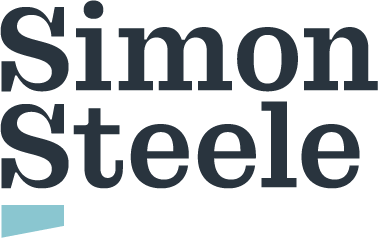Getting the right outcomes with emerging technology.
Originally published – July 2023 for Tecala Group
Emerging technology has an ebullient relationship with the media. Stories emerge around breakthroughs, previews, trials, and potential releases. Manufacturers do their bit to stoke the flames of interest while futurists, influencers, and pundits all pick up on storylines that best serve their personal or professional interests.
The point at which technology becomes ‘relevant’ is blurred. It should be when an organisation can tie-in a tangible outcome or measurable ROI with a product, service, or solution. But, with all the noise in the media, identifying when technology has reached that point can be tricky.
Take AI as an example. It is without doubt the emerging technology of the day, but it’s being applied to so many emerging products and solutions that the term ‘AI-washing’ is as common as ‘green-washing’.
Guiding you towards ‘Intelligent Business’ outcomes.
The way we should be assessing the viability, relevance, and value of emerging technology (putting it to the ‘pub test’ if you like) is to assess it in relation to whether it can deliver an intelligent business outcome.
Take Apple’s new Vision Pro launch as an example. It’s one thing to buy a Vision Pro headset and enjoy a seamless view on your workspace, while chopping up veggies for your evening supper and kicking a ball around the kitchen with your kids. But is this really an intelligent way of working or living?
Technology will be taken to a new level when the AI used in wearables has the ability to integrate physical sensors, digital connectivity, and biological data analysis to monitor an individual’s health, well-being, and productivity.
Employers would then be able to leverage this information to create personalized work environments, optimize task allocation, and implement wellness programs. When technology is used this way, it can provide valuable insight to our health and well-being and suggest ways to change the way we work, boost our job satisfaction, and drive productivity.
And this isn’t about making people work harder or longer hours. It’s actually the reverse, because it’s enabling people to work smarter in an environment where productivity is enabled through supportive and collaborative physical workspaces, where technology is designed to be accessible and usable, and seamlessly integrated into the systems and workflows we rely on to do our jobs well.
Intelligent Automation, of which AI and Machine Learning (ML) are integral components, already has the capability to increase productivity and improve efficiencies by automating manual, mundane, inefficient, or repeatable processes. These free employees to focus on the tasks that drive business growth and generate business value.
At an experiential level, automated systems and workflows enable people to work smarter, and deliver to customers seamless, tailored experiences. This creates more satisfied employees and more loyal customers.
These are examples of emerging technology delivering ‘Intelligent Business’ outcomes. And this is where we should be putting our focus…
Read the full article at Tecala.com.au

